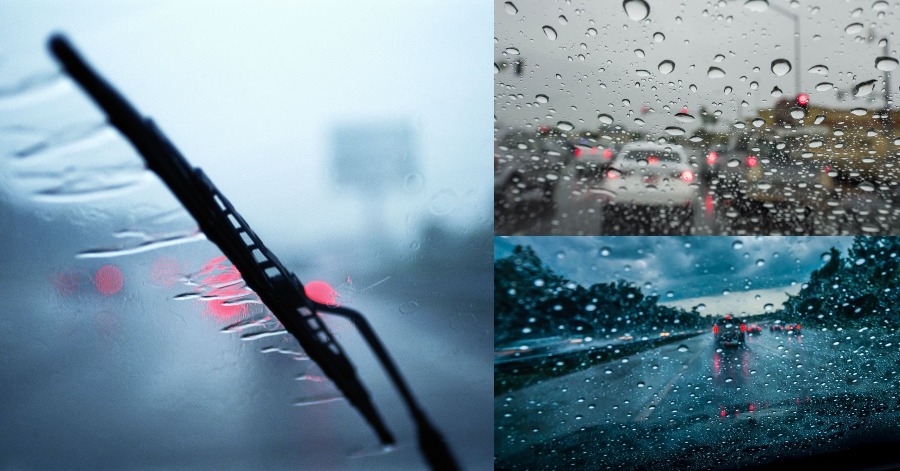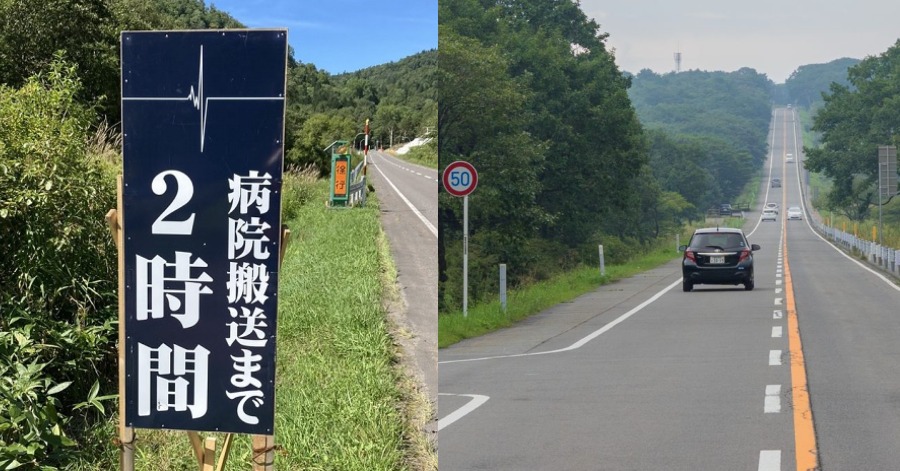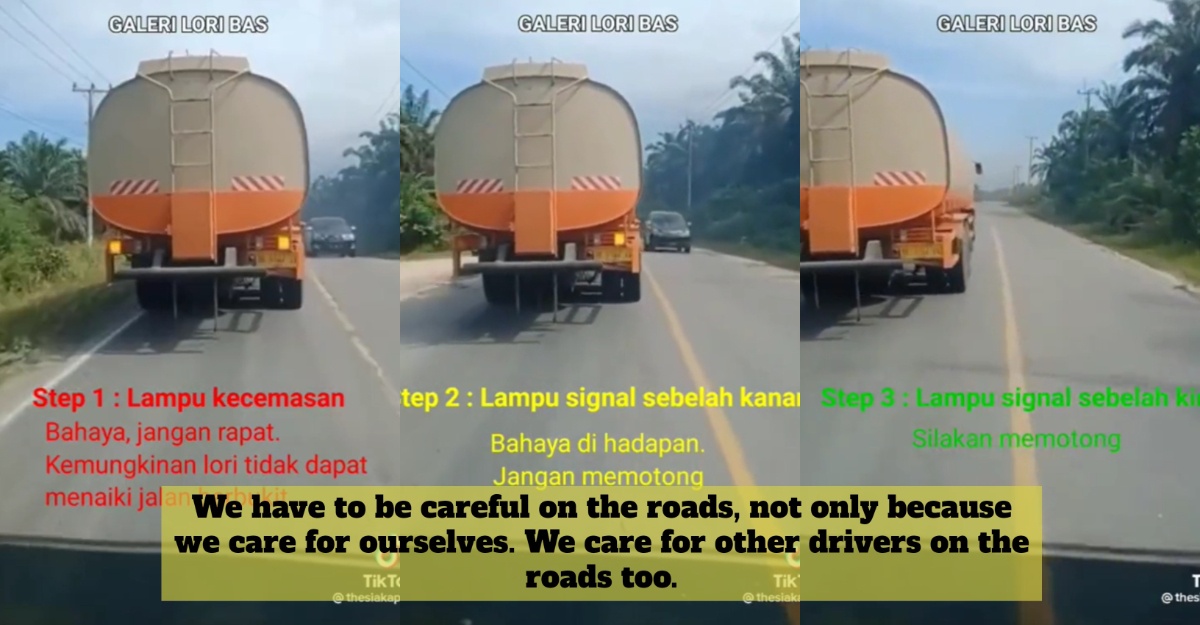Lately, it has been always raining cats and dogs outside. Rain and also wet road conditions are perhaps the worst conditions that most drivers will face on a regular basis. Hazards and risks are elevated whenever it starts to rain, or even if roads are still wet from a recent downpour. There are more than half of flood fatalities are vehicle-related.
Rainy conditions are directly associated with higher accident rates. No matter what part of the country you live in, it is almost certain that you will be required to drive your vehicle in the rain at some point. Here are 7 of the important tips for driving in the rain that you can follow. These tips will help you to have extra caution when driving in the rain.

1) Slow Down
Rain means you need to budget for a longer travel time as traffic will be moving slower, and you’ll need to slow down. Hydroplaning most often occurs when vehicles are driving too fast, so slowing down is a smart move. Take extra care to slow down when the rain starts, as fresh rain will bring out the oils on the roadway and make conditions slicker.
2) Give Extra Room To Other Vehicles
You should always maintain a safe following distance, but be especially careful to give vehicles in front of you plenty of room. That way, you’ll have more time to react to what’s up ahead. Be sure to watch carefully for brake lights ahead of you.
3) Avoid Hard Braking
Use your brakes as little as possible, taking special care to avoid hard braking if you can. Slow down, give others room, and take your foot off the accelerator fast enough so that you won’t have to slam on the brakes.
4) Turn Around, Don’t Drown
Driving into flooded areas can be dangerous and even deadly. Drive into a road that’s flooded too deeply, and your car could begin to float and take on water. It can even be washed away, with you in it. Don’t risk it. Check for depth gauges and know the roads you’re driving on. If you’re not sure how deep the water is, turn around and find another way.
5) Be Ready For Gusty Winds
With rain often comes wind, which can push your car and other vehicles around on the road or cause you to lose control. Keep a firm grip on your steering wheel, give a wide berth to high-profile vehicles that may be more susceptible to wind, and be aware that you may be hit with strong gusts.
6) Check Your Tires
Your tires are your best friend in wet weather driving, providing traction and keeping you steady on the road. Check your tread and tire pressure to make sure you’re ready to hit the road even when it’s wet.
7) Pull Over If It’s Really Bad
If you can’t see cars in front of you or are having difficulty controlling your vehicle, simply pull over and wait for the rain to slow down.
Sources: Defensive Driving.









Leave a Comment